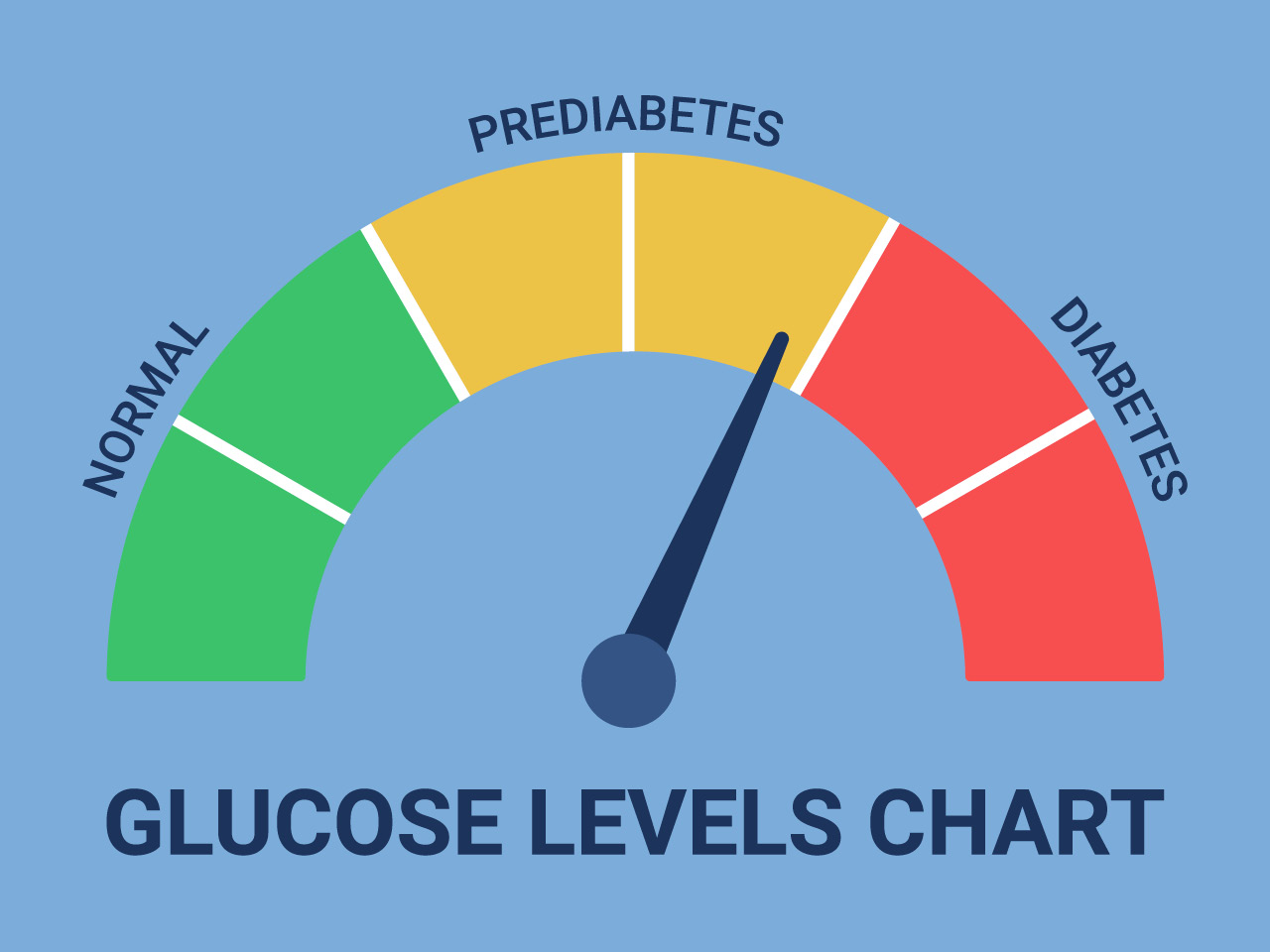
Mornings feel slower than they used to. You eat the same, but something’s changed. You don’t feel the shift until your body starts asking quieter questions. Thirst lingers. Hunger hits faster. Energy doesn’t last. Your body speaks, but in code.
Blood sugar doesn’t crash dramatically. It floats higher, longer. Not enough to alarm—just enough to unsettle. Prediabetes isn’t loud. It waits. And in that wait, routines begin to slip without warning.
You sleep but wake unrested. You eat but never feel full. These are whispers. Not warnings. But they’re there. Every day.
It’s not about what you eat—it’s about when and how often
The body doesn’t just care about calories. Or carbs. It watches patterns. It’s not about what you eat—it’s about when and how often. Timing shapes insulin response more than we think.
Skipping breakfast might spike dinner. Eating late might push glucose higher in the morning. The pancreas adjusts. But not forever. Eventually, it starts to lose pace.
Prediabetes builds slowly. Through repeated choices. Not bad ones. Just small mismatches. Between fuel and need. Between insulin and timing.
Glucose stays in the blood longer than it used to
Insulin still works. It just works slower. Glucose stays in the blood longer than it used to. That’s what you feel. The heaviness. The fog. The edge that wasn’t there before.
You eat something sweet. You wait for the energy. It doesn’t come. Or it does, then vanishes. That’s the signal. That’s the message you’ve been missing.
The body’s still trying. Still responding. But its rhythm is off. Not broken. Just delayed. And delay is enough to start the spiral.
You don’t need sugar to have sugar spikes
White bread. Pasta. Cereal. They don’t taste sweet, but they act like sugar. You don’t need sugar to have sugar spikes. The body doesn’t know flavor. It knows response.
Fast carbs move quickly. Blood sugar climbs. Insulin chases. Then crashes. Hunger returns. Not real hunger. Chemical hunger. Unsettled energy. Unfinished work.
And you eat again. The cycle resets. You blame willpower. But it’s not that. It’s chemistry. And it’s changing faster than you realized.
You can’t fix fatigue by eating more
Afternoon hits harder now. You reach for snacks. You wait for the lift. It doesn’t come. You can’t fix fatigue by eating more. Not when the problem is insulin resistance.
The cells aren’t getting what they need. Glucose floats nearby but doesn’t enter. Muscles stay tired. Brain stays foggy. Mood drops.
And still, you eat. Hoping to feel better. But nothing lands. Because the body’s not absorbing. It’s defending. And that’s the new pattern.
Small walks after meals make a bigger difference than expected
Exercise helps. But not in the way you think. You don’t need hours. Just consistency. Small walks after meals make a bigger difference than expected. They move sugar. They reduce the spike.
The body loves movement after eating. It doesn’t need intensity. Just motion. Ten minutes. Around the block. In your kitchen. It changes things. Quietly, but meaningfully.
You don’t feel it instantly. But over time, fatigue fades. Blood sugar flattens. Sleep improves. And you realize movement is medicine. Not punishment.
You start waking up in the middle of the night for no clear reason
Sleep becomes strange. Interrupted. Light. You start waking up in the middle of the night for no clear reason. That’s glucose, too. A dip. Or a spike.
The liver dumps sugar into your system. Cortisol rises. Heart rate climbs. You’re awake. You don’t know why. But your body does. It’s protecting itself from a perceived drop.
Prediabetes touches sleep more than most realize. And poor sleep makes insulin resistance worse. A loop. A pattern. One that needs unwinding, gently.
Hydration becomes part of regulation, not just relief
You drink water. But not enough. You feel thirsty. You ignore it. You drink coffee instead. Hydration becomes part of regulation, not just relief.
Water helps insulin sensitivity. Helps kidneys flush extra glucose. Helps prevent fatigue. And yet, it’s the thing most people skip.
Start earlier. Don’t wait for thirst. Sip through the morning. Refill at meals. Not rules. Just reminders. Because dehydration mimics blood sugar symptoms too.
The body’s warning isn’t pain—it’s pattern
There’s rarely pain. No sharp signal. Just drift. Just changes that don’t go away. The body’s warning isn’t pain—it’s pattern. Repeating fatigue. Increasing hunger. Shifting moods.
You track it. Write it down. See it clearer. The numbers don’t lie. But the pattern matters more. Because it tells the story behind the glucose.
And it’s not too late. That’s what prediabetes means. A window. A space. A chance to rewrite how the story ends.
Reversing the trend doesn’t look like a diet
You don’t need restriction. You need rhythm. Reversing the trend doesn’t look like a diet. It looks like a return to balance.
Protein in the morning. Fiber in every meal. Movement after dinner. Enough sleep. Less guesswork. More attention. Nothing radical. Just sustainable.
And the numbers respond. Slowly. Then more. Energy returns. Moods even out. Cravings fade. Because the body remembers how to work—once you stop confusing it.
